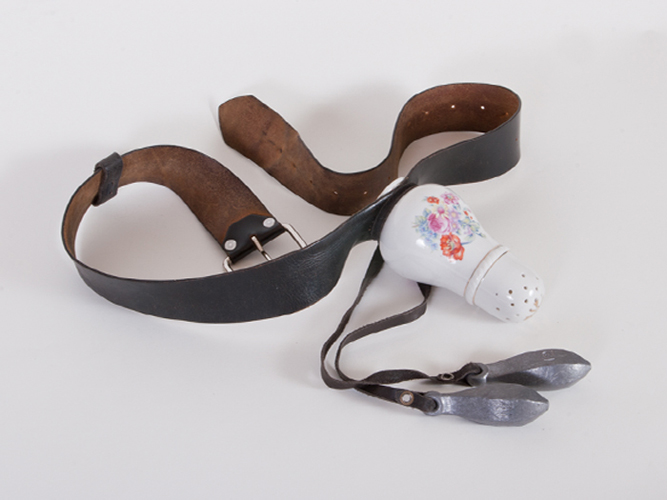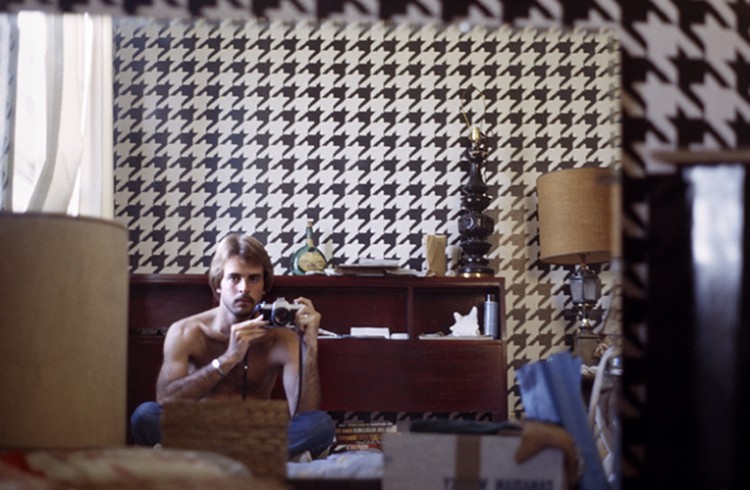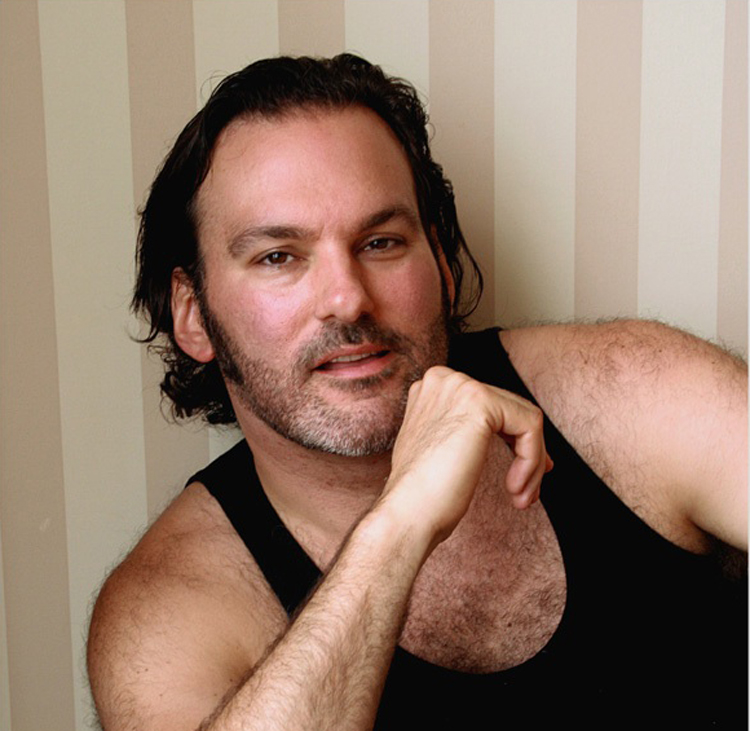The second installment of poet William Leo Coakley’s autobiographical essay about his life with actor and writer Robin Prising takes us from the couple’s move to West 4th street to Jane street, then from New York to Rome. Along the way scores of legends make appearances – Jack Wrangler, George Barker, Djuna Barnes, James Merrill, Franz Kline and Iris Tree, to name but a few. Check back next week for the conclusion!
When I first came down from Harvard to the Village I lived at the corner of West 4th and West 12th (only in New York, I thought). I remember sauntering hand in hand through the pre-Stonewall Village with my charismatic mentor and friend the English poet George Barker. He was 99% straight, having many mistresses and more children, but the soldiers and sailors of World War II had been his lovers too and he was the body in Willard Maas’ 1943 film Geography of the Body. He had such dynamic energy that just walking and talking with him was a sexual experience. “Go and do it, Baby,” he urged me on to poetry, “Go and do it, Dirt.” He said that to strengthen my poetry I must listen to the “compulsive recurrence in the little matter of fucking.” I later found out that Robin had independently known him in the 1950s in London. There is a fabulous picture of the two of them in the 50s staring at each other over cigarette smoke (that lost aphrodisiac), the sexual vibrations, never consummated, alive in the air between them. When we lived in London and Europe in the mid-60s George was amazed to discover we had found each other and that cemented our life-long friendship with him. When he visited us in New York around 1966 we stopped by the writers’ bar the White Horse Tavern for a drink—and were barred at the door by a bruiser of a bouncer: we were not accompanied by “ladies.” The police were cracking down on gays in bars. George told him to go fuck himself, pulled out his wallet with pictures of his was it 13? children—and put a curse on the dive. It must have worked: the place is foolishly known as the bar where Dylan Thomas drank himself to death and now only tourists congregate there to stare at tourists. More…






 Michael Montlack’s witty narrative poetry and prose are filled with subjects familiar to anyone who grew up in an American suburb in the past forty years – girls lounging by swimming pools, Stevie Nicks songs blasting from a car radio, and parents and siblings alternately loving and hurtful. Yet Montlack offers so much insight and charm that these subjects don’t feel stale or trite. The poems in his latest collection, Cool Limbo deals with his upbringing, his family, and his life in New York after coming out of the closet in both satirical and tender ways. I met up with Montlack to discuss his process.
Michael Montlack’s witty narrative poetry and prose are filled with subjects familiar to anyone who grew up in an American suburb in the past forty years – girls lounging by swimming pools, Stevie Nicks songs blasting from a car radio, and parents and siblings alternately loving and hurtful. Yet Montlack offers so much insight and charm that these subjects don’t feel stale or trite. The poems in his latest collection, Cool Limbo deals with his upbringing, his family, and his life in New York after coming out of the closet in both satirical and tender ways. I met up with Montlack to discuss his process.